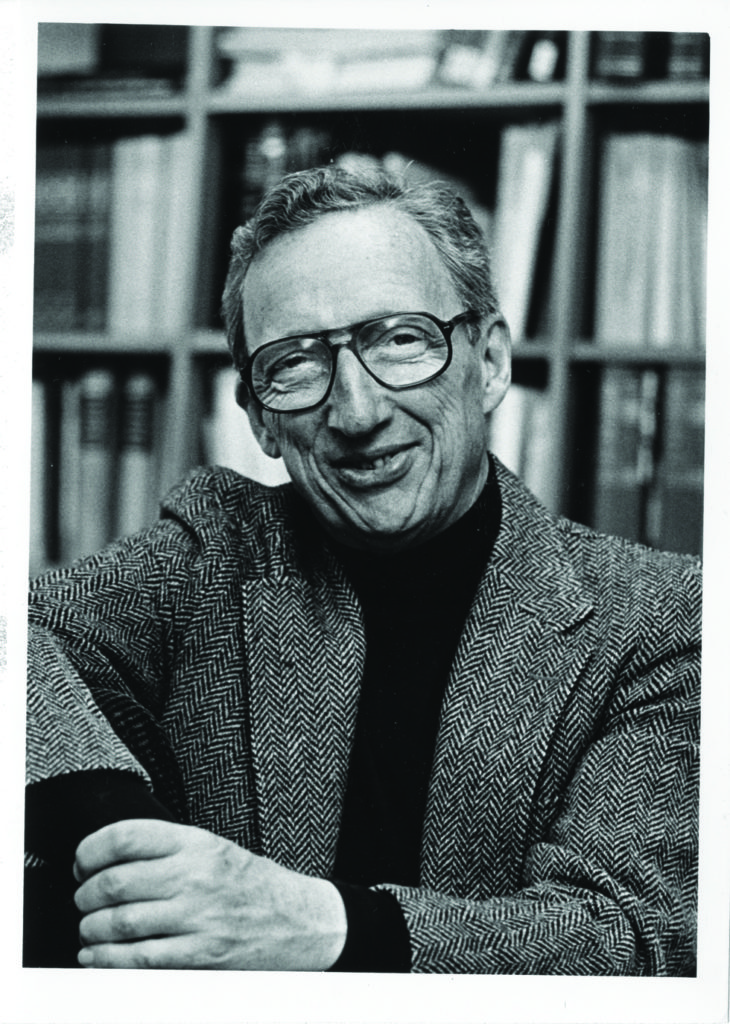Remembering John Henry Merryman

John was one of a kind, as a colleague and as a dear friend. Only a handful of law professors reshape an entire field of scholarly inquiry let alone create a new field, but John did both—twice! His great book, The Civil Law Tradition, caused a fundamental rethinking of comparative law, and subsequent scholarship—and courses based on that scholarship—were powerfully strengthened as a result. John’s many works relating to art and cultural property, as well as his multiple courses in that arena, were no less groundbreaking. He deployed his strengths in comparative law to produce penetrating analyses on the ownership of antiquities as well as on art and the law more generally. Students from across the Stanford campus and beyond flocked to John’s classes.
John was awarded numerous international prizes and honors, including the Order of Merit of the Italian Republic and honorary doctorates from Aix-en Provence, Rome (Tor Vergata), and Trieste, and he was celebrated in two Festschriften: Comparative and Private International Law: Essays in Honor of John Henry Merryman on His Seventieth Birthday and Legal Culture in the Age of Globalization: Latin America and Latin Europe. He also received the American Society of Comparative Law’s Lifetime Achievement Award “for his extraordinary scholarly contribution over a lifetime to comparative law in the United States” and was both a Guggenheim Fellow and a Fulbright Research Professor at the Max Planck Institute.
When the law school moved from the Quad to its new home in 1975, John undertook to use his art expertise to persuade some of the best graphic printmakers to lend major works of art to the law school, where they became the best art collection at Stanford apart from the museum. He identified a stunning Barbara Hepworth sculpture to borrow as the centerpiece of the school’s courtyard and when the loan was up, he arranged a gift of the elegant Alexander Calder sculpture that replaced it. In honor of his many contributions to art, a good friend and admirer gave Stanford one of the largest and most handsome sculptures on the campus, created by Mark di Suvero.
John and his wonderful wife, Nancy, who passed away in 2013, were friends of my wife, Ellen, and me for more than 50 years, from the time we first came to Stanford in 1965, as they were friends of countless others—literally from around the world. John had a joyful spirit that illuminated not just every conversation of which he was a part but every room where he was present. He was a wonderful piano player of Broadway show hits, jazz, and much more. John was a learner, and he was able to share his learning with his friends with such a twinkle in his eye that you quite forgot that he was really teaching you while telling riotously funny tales. We miss John, more than I can possibly say. Again: He was one of a kind. SL
